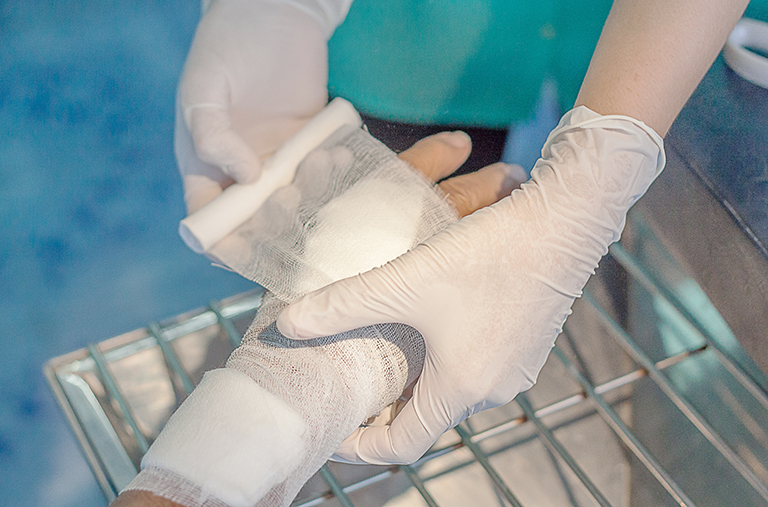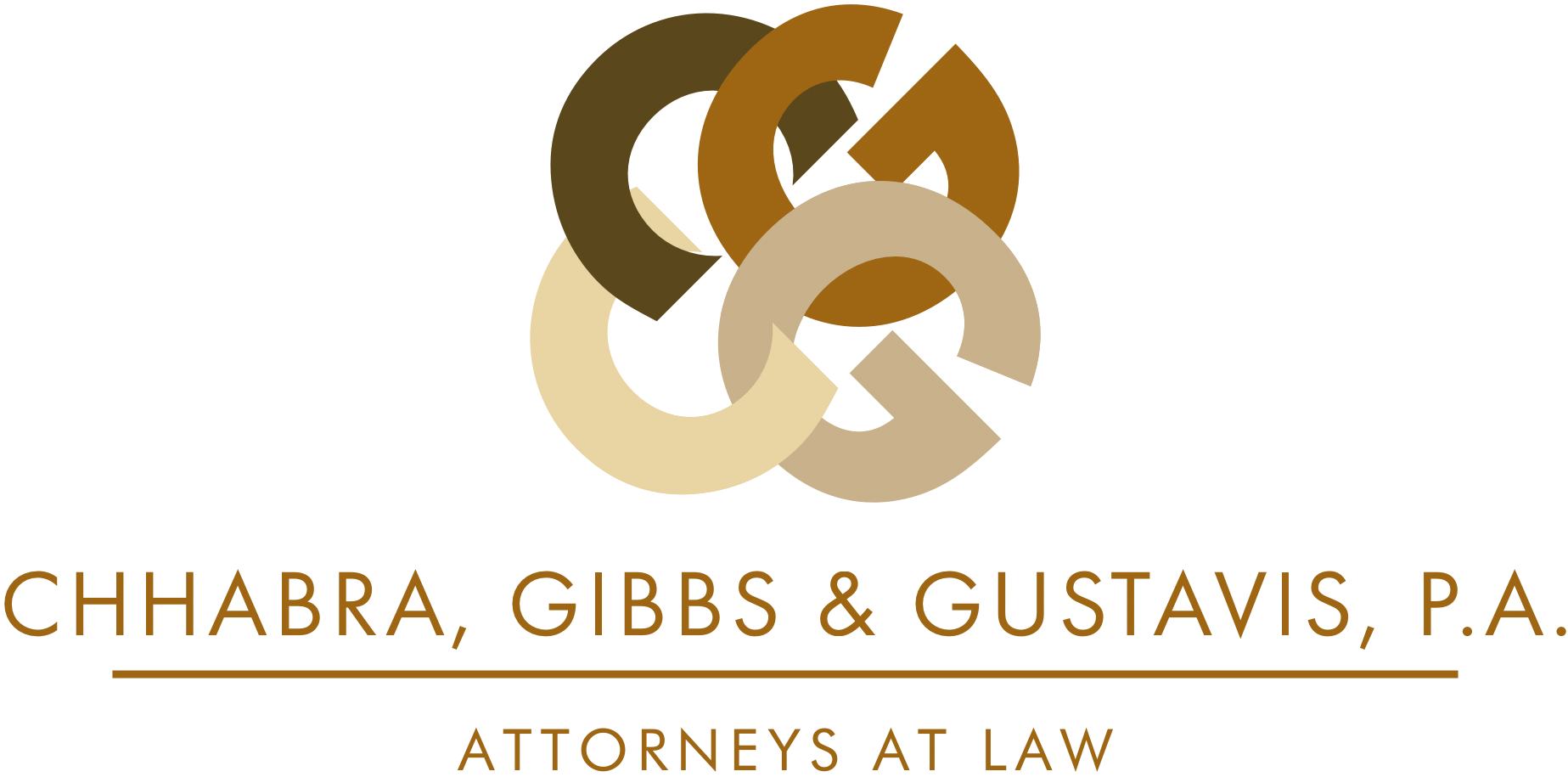Millions of people have received medical treatment for burns in the past few years. Severe burn injuries are some of the most devastating types of personal injury in Mississippi, and are the third-leading cause of unintentional death in the United States, behind vehicle accidents and falls. Third degree burns cause severe pain and injury, and may cause muscle, tendon, and ligament damage, as well as severe disfigurement. They may require years of treatment, including skin grafting, skin substitutes, rehabilitation, medication, and even perhaps psychological therapy.

Mississippi Burn Injuries can cause Serious Injuries
If you have suffered a severe burn injury because of another person’s actions or negligence, you have the right to bring a personal injury lawsuit against that person. If he or she was working for a company at the time of the injury, you also have the right to sue his or her employer. You can recover financial damages for all medical expenses, lost wages, pain and suffering, emotional distress, and loss of enjoyment of life. Working with a personal injury attorney such as Chhabra, Gibbs & Gustavis, P.A. is the best way to ensure you are fully compensated for all physical and psychological injuries, so you can recover as completely, and regain as much quality of life as possible.
Burn Injury Accidents In Mississippi
First-Degree Burns: A first-degree burn usually affects only the outer layer (epidermis). A sunburn is a good example of a first-degree burn: the skin is red and dry, and tender to the touch, but there are no blisters.
Second-Degree Burns: A second-degree burn affects the epidermis and the next layer of skin, the dermis. The dermis also has two levels, the superficial (“papillary”) dermis, and the deep (“reticular”) dermis layer.
Third and Fourth-Degree Burns: Third-degree burns affect all layers of the skin and often the underlying tissue, tendons, joints, and bones, so they are also called full-thickness burns. The burned area may be charred black or dry and white. For some people, a third-degree burn is excruciatingly painful. If they are not painful, that means the nerve endings have been destroyed. Third-degree burns result in scarring, and often requires skin grafting. Victims will also lose hair shafts and keratin. Fourth degree burns damage muscle, tendon, and ligament tissue, resulting in charring to and catastrophic damage of the hypodermis, including nerve endings, resulting in loss of sensation. In some cases, the hypodermis tissue may be partially or completely burned away, resulting in a condition known as compartment syndrome, a life-threatening disorder. Skin grafting is required if the burns do not prove fatal.
Burns are also assessed in terms of total body surface area (TBSA) burned, which is the percentage affected by partial thickness or full thickness burns. The adult body is divided into regions, each of which makes up nine percent of the TBSA. These regions are the head and neck, each upper limb, the chest, the abdomen, the upper back, the lower back and the buttocks, the front of each lower limb, and the back of each lower limb. These 11 regions make up 99 percent of the human body. The remaining one percent is the genital area. With an infant or small child, more emphasis is placed on the head and trunk.
The first 48 hours after being burned are the most critical for survival and recovery. The two main concerns of health care professionals are infection and fluid loss:
- Due to the damage to the skin’s protective barrier, third-degree burns often lead to infection, which if not treated promptly and appropriately can result in life-threatening consequences, even death.
- Swelling and blistering of the burned skin is caused by fluid leaking from damaged blood vessels. In severe cases, this fluid loss can cause shock, and require immediate blood transfusion and/or intravenous fluids to maintain blood pressure.
To counter these concerns, doctors will order intravenous (IV) fluids, antibiotics, and a tetanus shot during the initial treatment after a burn. Once the patient has been stabilized, the wounds are cleaned and covered. If there is not enough skin left to cover the burned area, doctors will perform skin grafts, using skin from non burned areas of the victim’s body if possible, and, if not, using donated skin (from a deceased donor), or artificial skin.
Burn Injury Types
- Thermal Burns
- Friction Burns
- Electrical Burns
- Chemical Burns
- Radiation Burns
- Inhalation Injuries
What To Do To Prevent A Burn Injury From Fire
Here are some tips to prevent fires and avoid a burn injury at home or work:
-
- Never leave cooking unattended, especially if you are frying.
- If you smoke, do it outside. Before discarding your cigarette butt or ashes, make sure it is entirely extinguished.
- If you use e-cigarettes (vapes), don’t charge it unattended or overnight. Store batteries safely.
- Inspect your home’s wiring for anything that isn’t working right (lights flickering, hot switches, non-working outlets).
- Inspect appliances and electrical equipment regularly for frayed wires, or dust and grease build-up.
- Install smoke and carbon monoxide alarms on every floor and within 15 feet of bedrooms.
- Test your smoke and carbon monoxide alarms monthly, and change the batteries twice a year.
- Create a fire escape plan for your family, and hold fire drills two times a year.
- If a fire starts in your home, get out immediately and call 911. Then, stay outside — don’t go back in.
- A fire prevention plan will minimize the number of times an evacuation is needed.
- Housekeeping procedures for storage and clean-up of flammable materials and flammable waste;
- Procedures for controlling ignition sources such as smoking, welding, and burning;
- Procedures for maintenance and cleaning of heat-producing equipment, such as burners, ovens, stoves, and fryers; and
- Training of employees in the potential fire hazards and the control procedures in the fire prevention plan.
- The Occupational Safety and Health Administration requires workplaces to have a training program for employees to prevent fire deaths and injuries in the workplace:
- All workplaces should have a written emergency plan and train employees in emergency evacuation procedures, including designated evacuation routes and procedures to account for all evacuated employees; a clear emergency alert system; assigned responsibilities for emergency procedures.
- Workplaces should also have either automatic fire suppression systems, such as a sprinkler system, or have the appropriate type and number of fire extinguishers for the specific fire hazards that exist in that workplace. If opting for fire extinguishers, then employees should be trained in how to use them, and they must be maintained and inspected regularly.
- Fire exits must be free of all obstructions and clearly marked with exit signs. They must not be locked from the inside.
Don’t Become a Victim of the Insurance Companies
Insurance companies aren’t your friends. They’re in business to make money, and they do this by collecting more money than they pay out. It’s in an insurance company’s best interests to avoid paying out on your claim, and sometimes they may try to avoid paying your legitimate burn injury claim. When they do pay, insurance companies try to low-ball you so they can keep more of their money for themselves. Things can get even more complicated if you’re injured in Mississippi.
We Work For You
If you have received a burn injury or had your property damaged in a fire that was not your fault, don’t put yourself or your family at financial risk – contact the Mississippi fire accident and injury lawyers at Chhabra, Gibbs & Gustavis, P.A. today to learn more about your rights.

